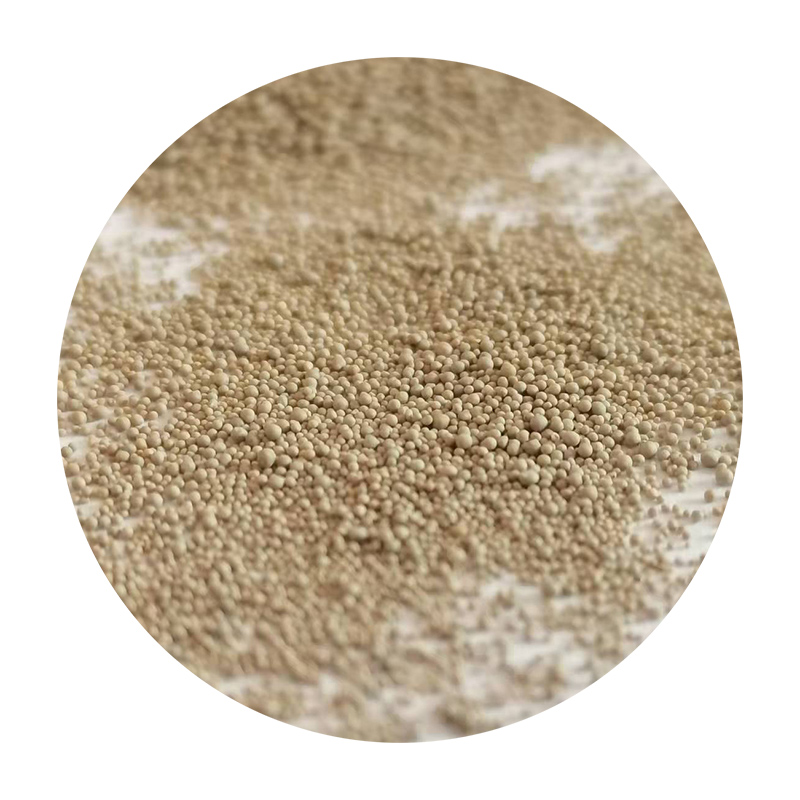Applications of the Sand Casting Process
Sand casting, one of the oldest and most widely used metal casting processes, has found applications across various industries due to its versatility, cost-effectiveness, and ability to produce complex shapes. This method involves creating a mold from a mixture of sand, clay, and water, which is then used to cast molten metal into desired shapes. Let’s explore the key applications of the sand casting process.
1. Automotive Industry
The automotive sector is one of the largest consumers of sand casting. Components such as engine blocks, cylinder heads, transmission cases, and wheels are often produced using this method. Sand casting allows for the fabrication of large, intricate parts that require durability and strength, making it ideal for automotive applications. Manufacturers benefit from the ability to produce low-cost prototypes and small to medium production runs, ensuring that design modifications can be accommodated without significant financial investment.
In the aerospace industry, precision and lightweight components are essential. Sand casting is employed to create various parts, such as brackets, housings, and structural components. The process allows for the use of high-performance alloys, and through advanced techniques like lost foam casting, manufacturers can create complex geometries that reduce weight without compromising strength. The ability to tailor properties of the cast material also enhances the performance of aerospace components, meeting the rigorous demands of this industry.
3. Construction and Heavy Machinery
applications of sand casting process

Heavy machinery and construction equipment rely on sand casting for producing large and complex parts, such as gear housings, crane components, and heavy-duty frames. The durability of sand-cast components is crucial for these applications, as they often endure harsh operating conditions and loads. Moreover, sand casting enables manufacturers to achieve large sizes and weights without the need for expensive tooling associated with other casting methods.
4. Art and Sculpture
Beyond industrial applications, sand casting has made significant inroads into the world of art and sculpture. Artists and sculptors use sand casting to create intricate designs and large-scale works. This process allows for the reproduction of detailed patterns and textures, giving artists the freedom to focus on creative expressions without being limited by production techniques. The end results can be captivating pieces that range from functional sculptures to purely artistic forms.
5. Marine and Oil & Gas Industries
The marine and oil & gas sectors utilize sand casting for manufacturing components such as pumps, valves, and fittings. These components must be corrosion-resistant and capable of withstanding extreme environmental conditions. Sand casting facilitates the use of various alloys that cater to these requirements. The process's adaptability allows manufacturers to produce both standard and custom components that meet industry specifications.
Conclusion
In summary, the sand casting process is integral to numerous industries, thanks to its flexibility and cost-effectiveness. From automotive to aerospace, and artistic endeavors to heavy machinery, sand casting continues to be a vital method for producing a wide array of components. As industries evolve and demand for more intricate and efficient designs grows, the significance of sand casting in manufacturing will undoubtedly endure. This timeless technique not only meets current needs but also paves the way for future innovations in casting technology.
Post time:സെപ് . 22, 2024 07:15
Next:how to sand small 3d prints
